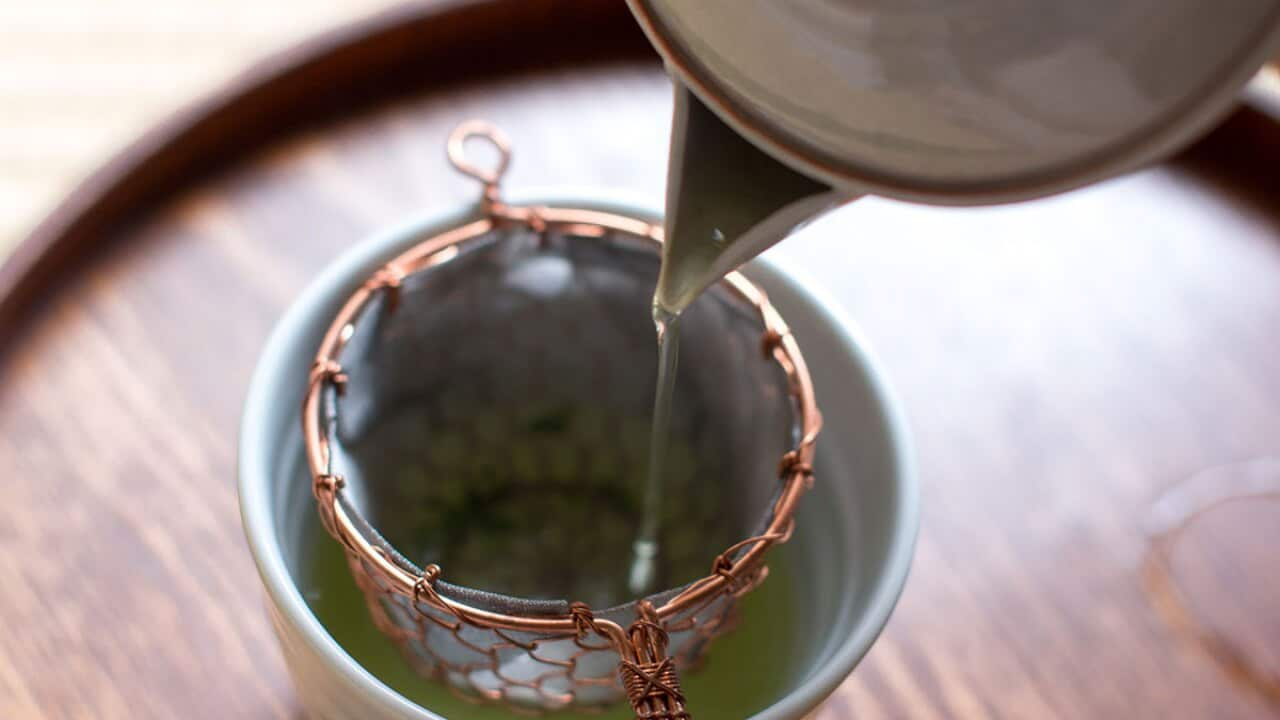Much has been written about the over the years. Studies have shown it’s one of the richest dietary sources of antioxidants, and that it’s full of catechins (naturally occurring compounds that fight cancer cells), but what if you could turbo-charge the benefits you get simply by looking at how you serve it? Here are seven tips for boosting your green tea.
1. Pick a recent harvest
Studies have long shown that the fresher the harvest, the better the taste and the higher the nutritional content of the tea, and while tea expert Sharyn Johnston, from , an organisation providing tea training and education, says this is correct, it doesn’t mean the year-old tea you could be drinking isn’t doing your body good. “Some aged teas, such as sheng puerh, for example, are particularly renowned for digestive benefits, and with the others, it simply comes down to ensuring your tea is stored properly.”
Johnston recommends speaking to a quality tea supplier for their purchasing advice on new harvests. “They must be able to recommend a variety of teas and explain the tea flavour profile with the correct brewing times and water temperature to bring out the best in the cup.”
2. Add a squeeze of lemon
shows that you can increase the available catechins in green tea five-fold simply by adding a dash of citrus by way of a squeeze of lemon, lime, orange or grapefruit. “Citrus rind contains a compound called d-limonene, which has anti-cancer properties,” explains , nutritionist, naturopath and founder of . “And both d-limonene and tea polyphenols (catechins) have been discovered to have potent antioxidant action together which help destroy cell-damaging free radicals.” Lemon, not milk, is best to add to your cup of green tea. (Photograph by via Flickr)
Lemon, not milk, is best to add to your cup of green tea. (Photograph by via Flickr)

Source: Flickr
3. Say no to milk
Before you reach for the dairy, stop and rethink. show milk contains casein, a protein that can play havoc with the absorption of green tea’s beneficial phytonutrients. “Drinking the tea will still be beneficial, however [adding milk] will reduce the benefits somewhat,” admits Johnston. If you must add a little something, it’s recommended you look for unsweetened soy milk instead.
4. Keep it fresh
It's important to store your tea in an airtight container that is cool, dry, and away from direct sunlight to get the most out its nutrients, says Johnston. “Tea doesn’t go off but it does lose its vitality so we always recommend consuming it within one to two years while its health benefits are at their most potent and, as tea is highly absorbent, storing it away from other strong ingredients such as coffee, spices and onions.” In Asia, tea is traditionally stored in sturdy containers made of cherry wood, however, Johnston says dark glass or good quality sealed metal container, can work just as well.
Game, set, matcha

Trend: The world’s mad for matcha – but is it really a health hero?
5. Think about water temperature
Although a from Journal of Food Science suggests that the two best methods for getting the biggest nutritional benefits from green tea were either prolonged cold steeping of at least two hours (perfect for iced tea), or serving it boiling hot, Johnston says it’s important to consider the kind of tea you’re working with. “Green tea, as a rule, should be brewed for approximately two to three minutes at 85°C,” she says. “However, if you’re using a delicate green tea such as gyokuro or matcha, 70°C water is preferable as the leaves can easily be burnt and the tea becomes bitter.”
6. Avoid iron
The findings of a by US researchers, published earlier this year in the American Journal of Pathology, suggest that if you drink green tea with or after an iron-rich meal, the tea’s potential as an antioxidant may be reduced. The researchers said the same would also apply to iron supplements.
7. Don’t drink it with food
Finally, rather than drinking it alongside a meal, consider setting aside a certain part of your day as ‘tea-o-clock’ instead. “The caffeine and tannins found in tea can decrease the body’s ability to absorb iron, so try to maintain some distance from your main meals,” says Guy, who also recommends keeping your green tea drinking to the first half of the day if you’re sensitive to caffeine. “Green tea contains around 20 mg of caffeine per cup, which is less than black tea (45 mg) and coffee (100–300 mg), but still has the ability to disturb your sleep if caffeine affects you.”














